If the upcoming fall days become as grey as you can bare, add a splash of vivid colors – from bright yellow to hot red or acid green – to liven up your wardrobe.
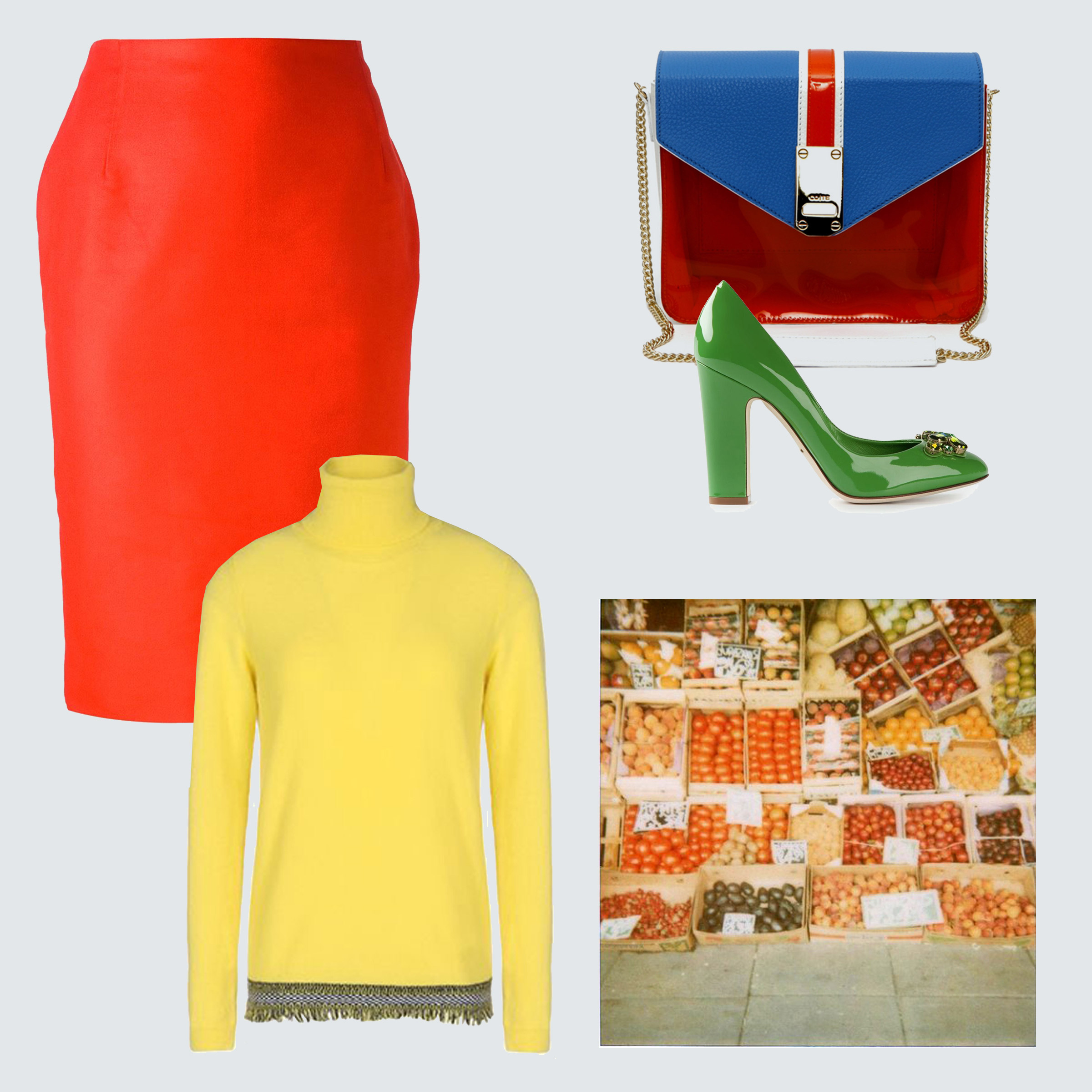
Styling by Vanessa Cocchiaro
If the upcoming fall days become as grey as you can bare, add a splash of vivid colors – from bright yellow to hot red or acid green – to liven up your wardrobe.

Styling by Vanessa Cocchiaro
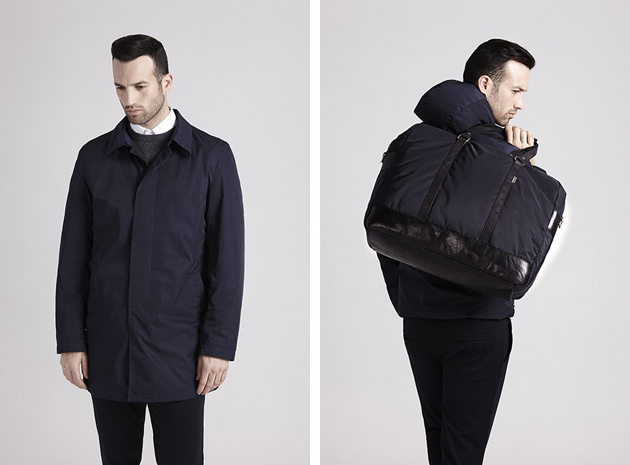
What could you possible make of discarded fishing nets and plastic bottles? In the context of fashion, that is a curious and unexpected, yet equally reasonable question, an answer to which has been given by the Spanish brand, Ecoalf. Ecoalf transforms everyday plastic objects into clothes. Using pet bottles and recycled material in the process of making garments is not a new phenomenon, but Ecoalf proposes a new take on the process, with a concept that is both more technologically innovative and formally appealing than other similar projects.
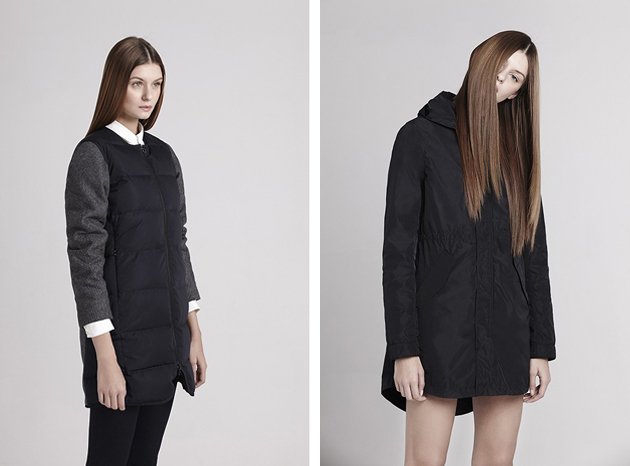
The brand, founded in 2009 by Javier Goyeneche, is grounded on the idea of recycling as one of the solutions to the overconsumption of natural resources; a concept that has grown with its development without leaving physical marks of the recycled process on the clothes themselves. By using innovative recycling methods and materials, such as discarded fishing nets, used ground coffee, used plastic bottles and worn out tires, the brand produces a complete line of clothes for both women, men and kids that is essential, smart and well-designed. The process of making clothes from ground coffee consists of several different stages: the used coffee is picked up from several diners; then, the compound, which is still humid, is then taken to the recycling plant; there the coffee dries out and any oil it may contain is extracted; subsequently it is ground to the size of nano-powder; the powder is then mixed with recycled polyester polymers in order to create a yarn, which then can be used to make clothes.
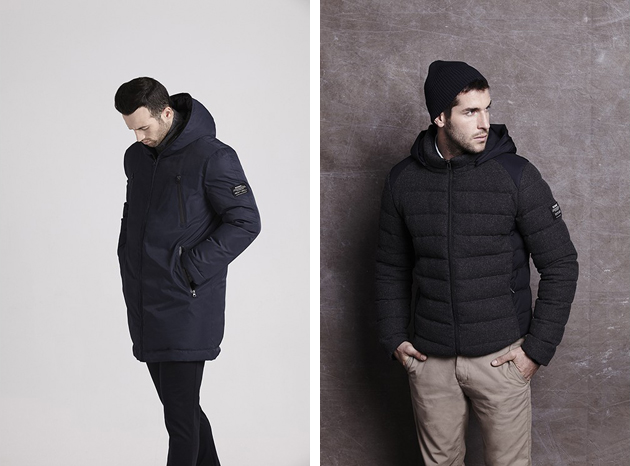
While the process might seem long and complicated, Ecoalf’s design aesthetic expresses a completely different feel: it is sporty, wearable and casual, with a focus on outdoor pieces, accessories and shoes. They have developed several collaborations, such as an exclusive collection (made of recycled nylon plastic bottles) for Galaries Lafayette department stores and a partnership with Gwyneth Paltrow’s website Goop. For everyone who has doubted about the power and use of recycled fashion Ecoalf is proving them wrong by showing that it is possible to make well designed pieces out of unconventional materials: who said that discarded fishing nets or used coffee ground had to be ugly?
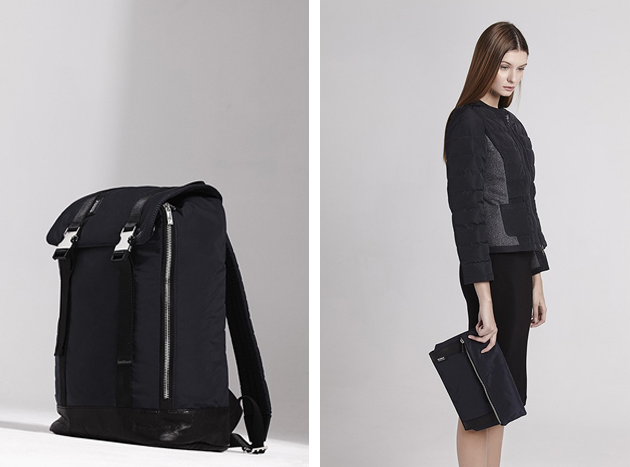
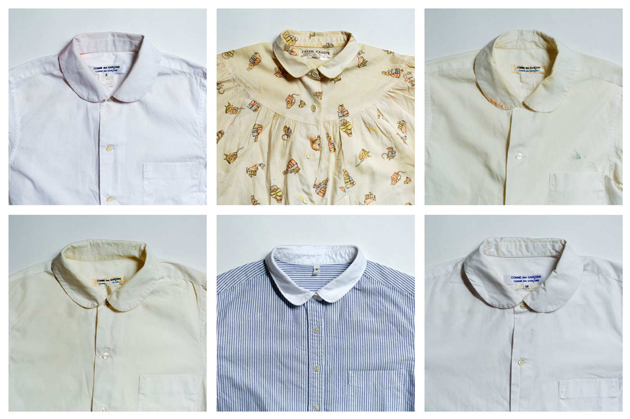
While it is commonly said that eyes are the window to a person’s soul, clothes can be considered a gateway to their psyche. The way we dress might allude to choices that were made when we put our clothes on, that can vary from mostly practical concerns all the way down to issues concerning representation, identity or political expression. Why did we choose black and not white, a dress and not pants, can give thought and convey broader ideas about ourselves. When we think about ‘why we wear what we wear’, the answers are often more than one and can be as unique as our personas.
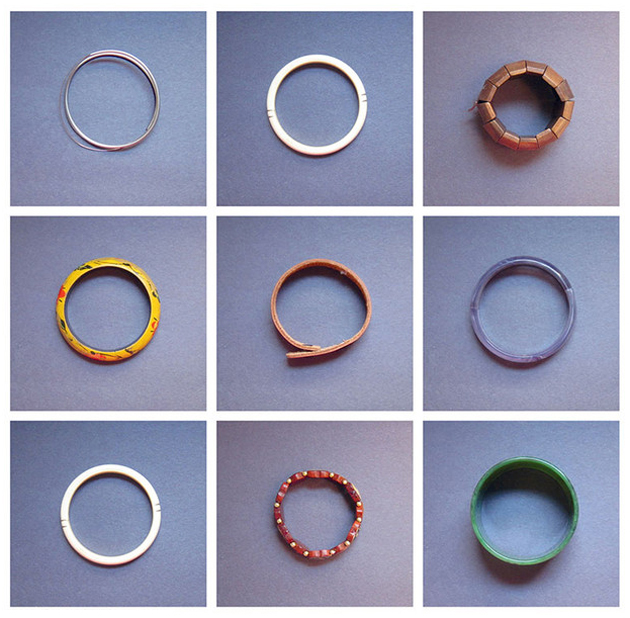
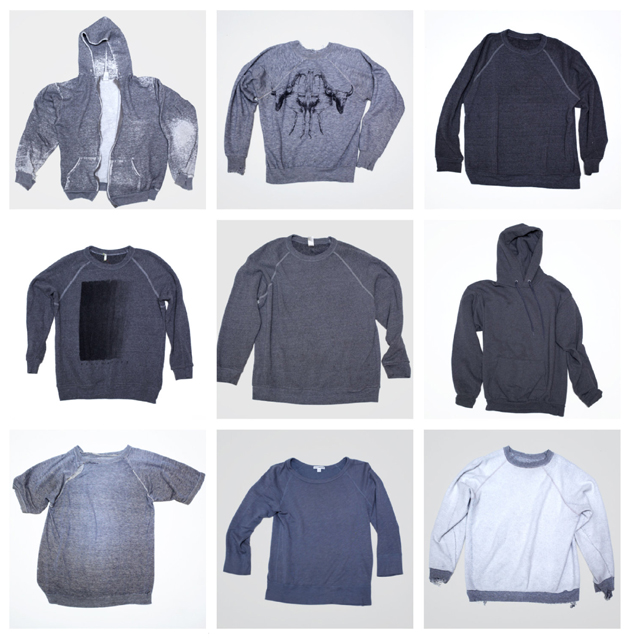
Aware of deeper questions tied to the way we dress, Sheila Heti, Heidi Julavits and Leanne Shapton started discussing their meaning. How important could clothes really be? Quite quickly it appeared clear this wasn’t just a “brunch topic”; it was the topic of a broader discussion that many women could relate to, and, as such, should be put to print in the form of a book. Settling on the idea of the relationship between women and clothes, the editors reached out to the wider public, since the main objective of the book was to look at ordinary women’s way of dressing. After asking questions to everyone they knew, as well as handing out surveys on the street, the information started to pile up and the peculiar story of “women in clothes” grew. Through interviews, surveys, diagrams and even drawings, coming from both the editors and additional 639 contributors around the world, “Women in Clothes” tries to decipher the essence of women’s clothing choices.
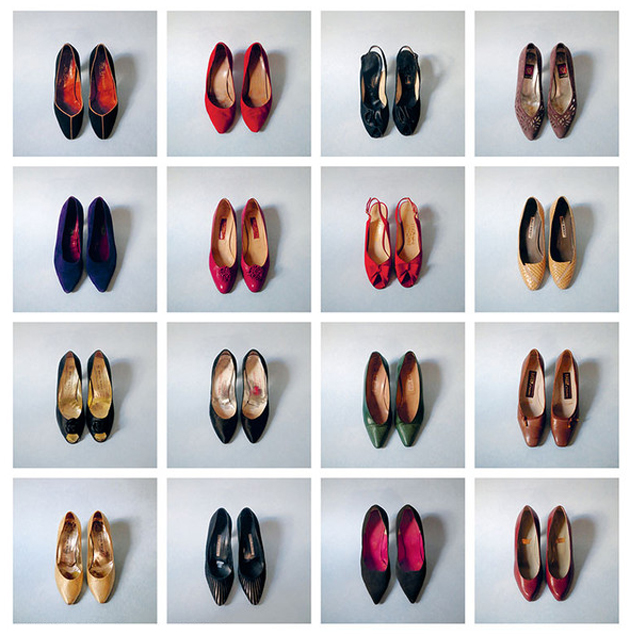
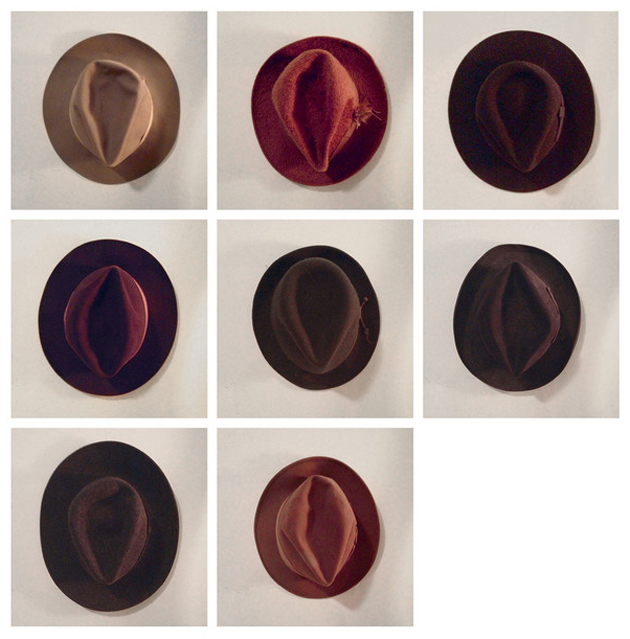
The saying that ‘you can’t judge a book by its cover’, as the story within is always much deeper, sums up perfectly the tone of the volume and is something “Women in Clothes” brings forth in spite of touching upon a matter considered trivial by many – clothes. Stories such as the novelist Kiran Desai’s account about her aunt, who stopped wearing saris post 9/11 worried that she might look to suspicious and get shot, reveal a truth that goes beyond sheer appearance; these stories speak about women who were given a voice, even if only through something as simple as clothes.
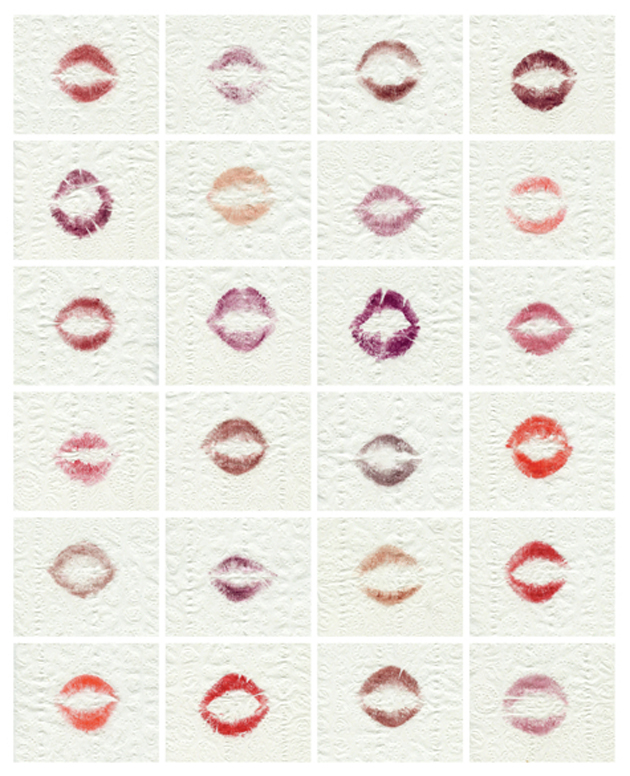
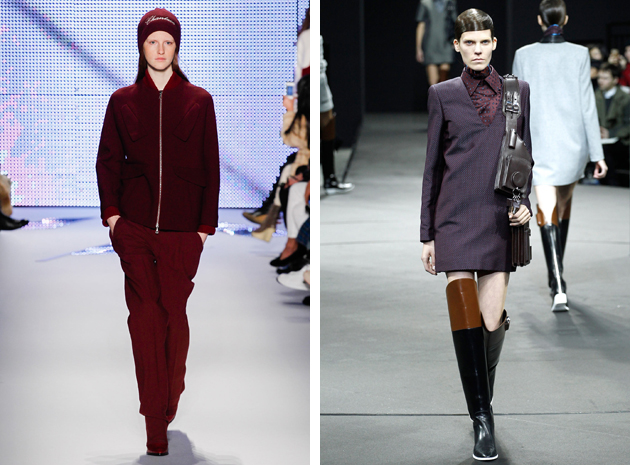
If spring got its own color palette, autumn is certainly not missing one, too. For this season the shades are more or less oriented towards natural colors, including mainly burgundy, deep red plonk as an equally valid alternative, and military green. During New York Fashion Week we similarly composed color palettes on Lacoste’s catwalk, where the color was intense from head to toe, maintaining the same gradient, except for the jackets which were slightly darker. Speaking of other chromatically tuned trends, one we particularly noticed relates to pendants: Alexander Wang went for a purple micro patterned dress, matched together with blouse and foulard.
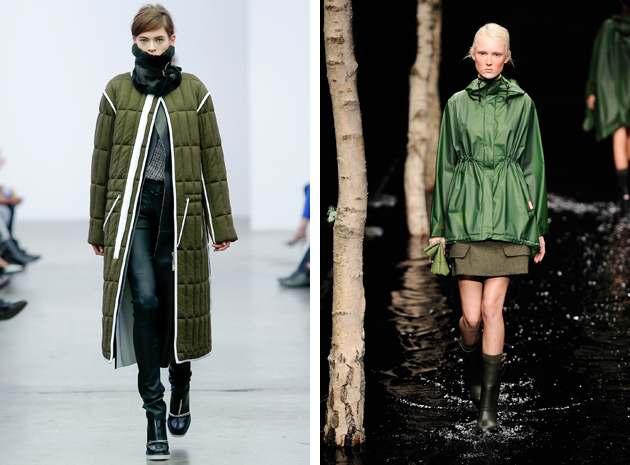
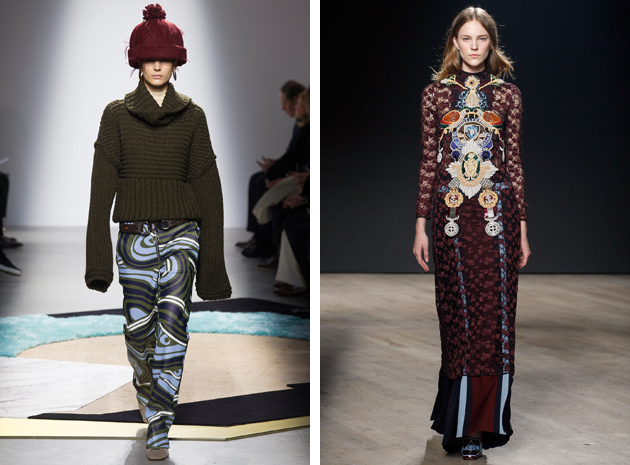
In London, instead, we found two opposite approaches, which eventually ended up using similar tones. The precision and the high craft involved in the collection designed by Mary Katrantzou meets the utilitarian sportsmanship of Hunter Original. The first one has chosen an intense burgundy for her girly crochet, and the second headed to its closest nuance, green. Milan played a double role, too. On one side, the digital revolution of Alexis Martial, where the puffy jacket is well refined and comes in green profiled by white, and, on the other, the bourgeois woman in deep red proposed by Bottega Veneta. Dark and intense fall colors touched Parisian catwalks as well, combined together in total looks both by Acne Studios and Balmain.
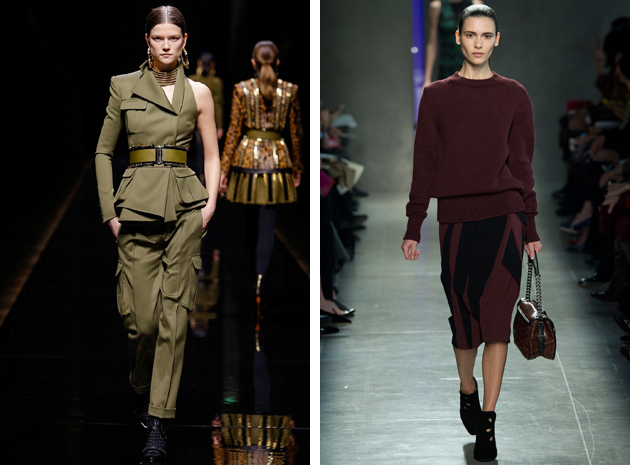
Warm your winter rides with this essential yet unbearably stylish accessories. Who said cold weather had to be dull?
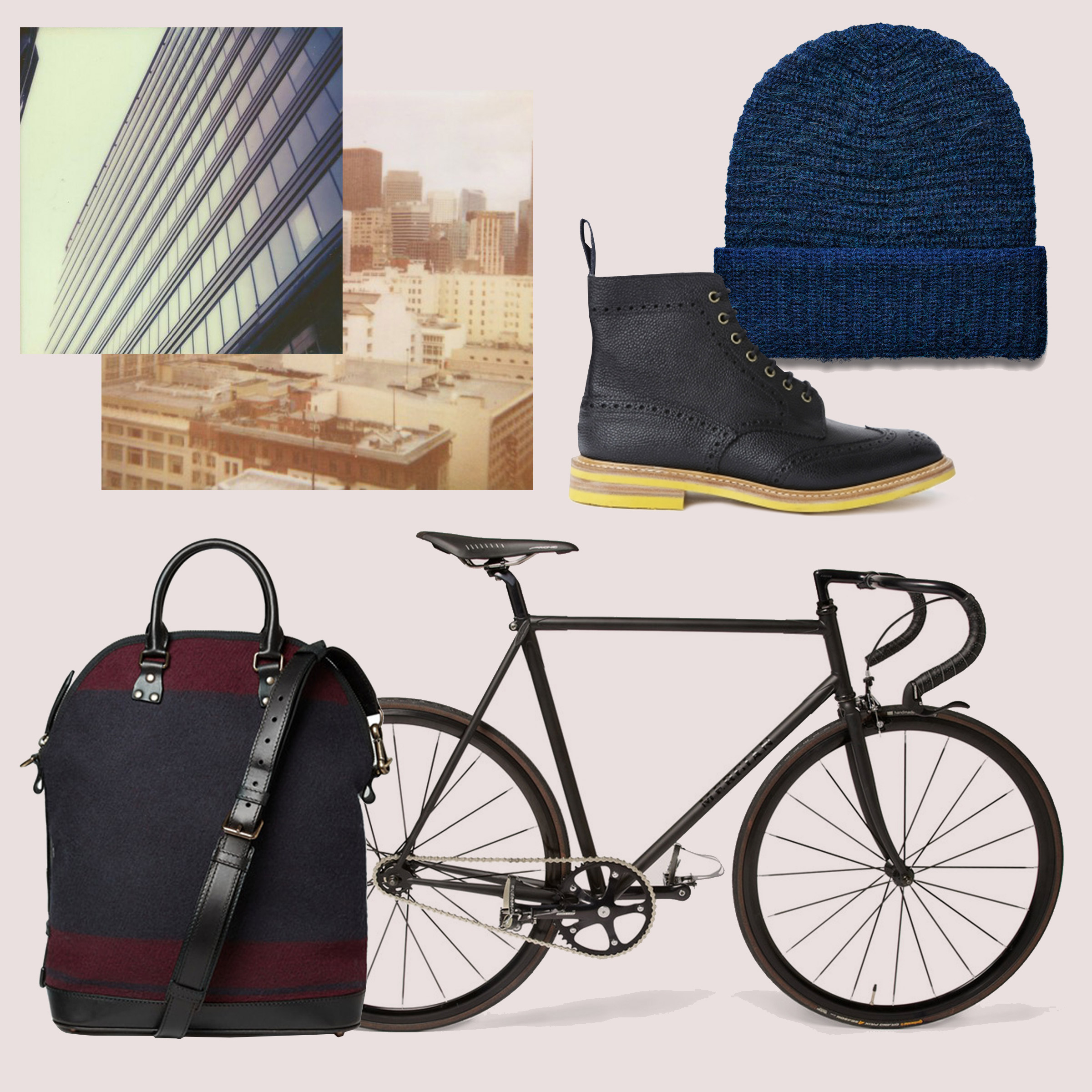
Styling by Vanessa Cocchiaro
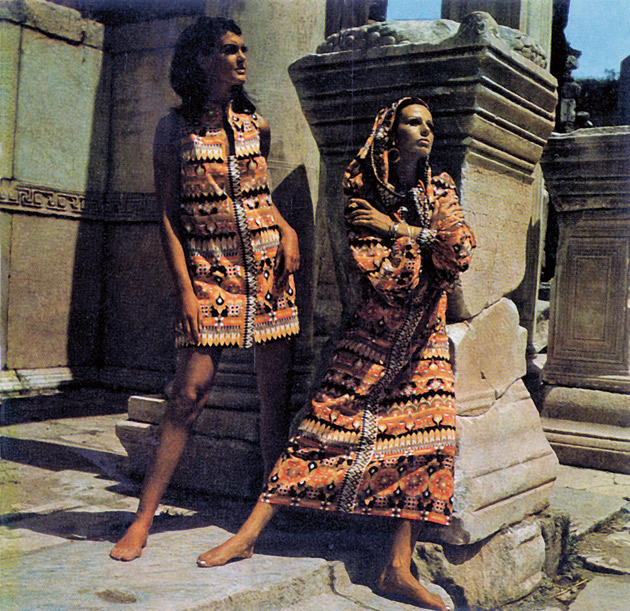
There is one name that stands between the well known, typically English names connected with the dazzling fashion scene of 1970s London: Cleonice Capece. Born in Salerno in 1936, she moved to Rome in the early 50s, even though, due to her studies in England, she would often split her time between Italian and British capitals. The year 1959, marks an important date since Capece makes both her return to Italy as well as starts a significant collaboration with Harrods. For Harrods, the famous London-based retailer, Capece becomes the mediator between Italian manufacturers and industries and English head offices.
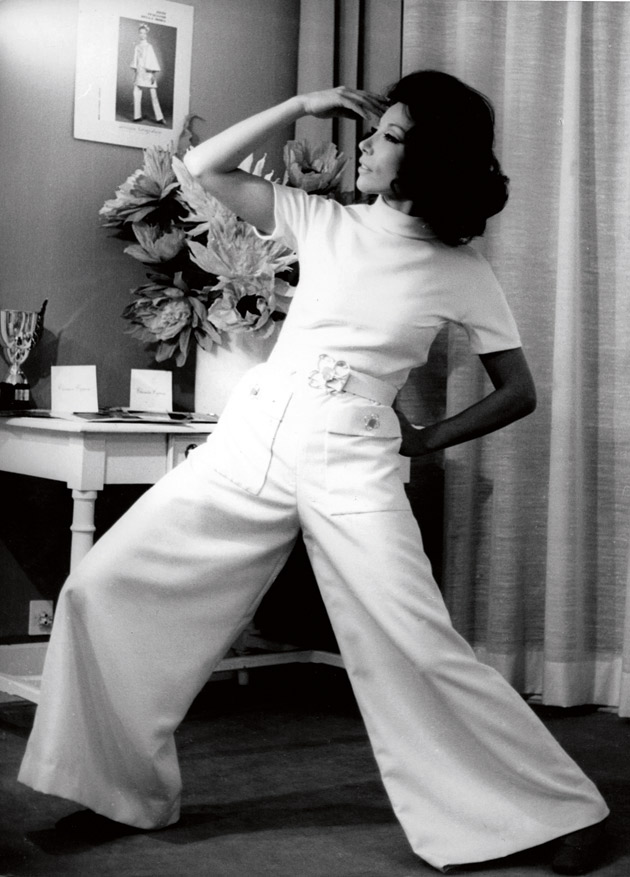
As the story goes, while she was wandering around the centre of Italy sourcing fabrics for Harrods, she started thinking about a more-than-slight change in her career: with a strong personal vision, wit and her consciousness of the market, she decided to set up her own fashion label. She opens her show-room/atelier in 1961 in Via Gregoriana – made famous because of another illustrious lodger, Valentino. Her first collection is colourful, joyous and fresh, holding together Italian savoir-faire with a deep awareness of what fashion was after the glorious years of Parisian couture, and how it was evolving all around Europe. But the spiritual home of her designs is, no doubt, London. Capece moves her atelier to London in 1974, maintaining the manufacture in Italy. The bridge she was wisely able to build up, between Italy and London, allowed her to establish her name in both countries and present herself as an ambassador of eclectic and distinguishable style.
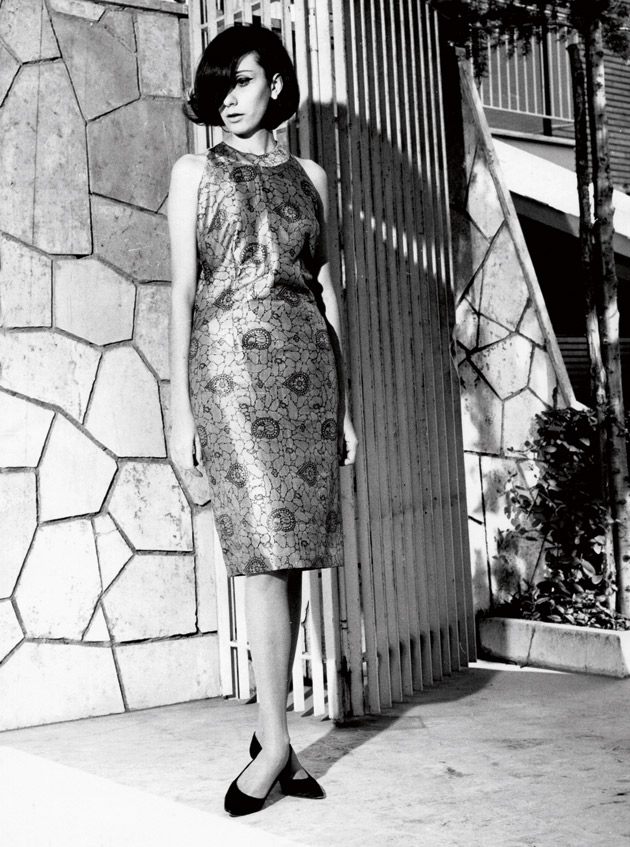
She used to describe her style as ‘very international. The clothes are designed in London, made in Italy, and can go anywhere in the world. Clothes should be classic but have flair. They should give a woman a sense of ease and elegance, not make them foolish or gaudy.’ The interest in ‘what women want’ drives her production throughout the years, and to better understand the needs of women. She herself is her first muse, always enthusiastic about what life was giving her. Her openness brought her to collaborate as a consultant with numerous brands and retailers, even after the closure of her eponymous atelier in the 80s.
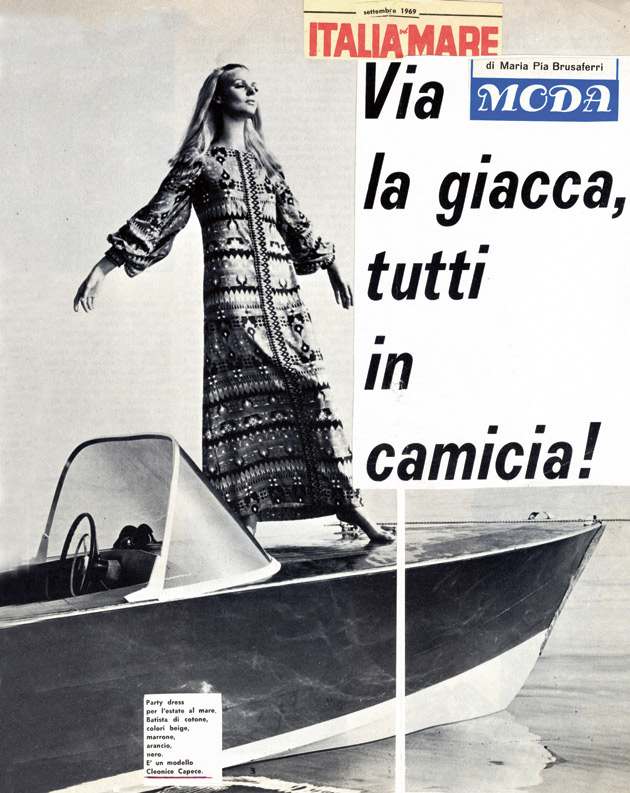
She likes to think about her career in fashion as a fortuitous accident, and that’s why she has decided to entitle her new book, published by Antique Collectors’ Club, “Fashion by Chance”. The book retraces her life and personal story, describing fashion through the eyes of one of the role players of Italian Prêt-à-Porter. The book contains also a large amount of visual material, most of it unpublished before, that documents the wonderful story Capece has finally decided to tell. Sharp taste, intelligent approach to fashion, and a trained eye for understanding the contemporary shifts and changes in taste and needs, seem to be the ingredients that made Cleonice Capece succeed in the fashion industry. More than just being in the right place at the right time, chance provides opportunities: the matter is, really, to be able to seize them opportunities and turn them into successful stories.
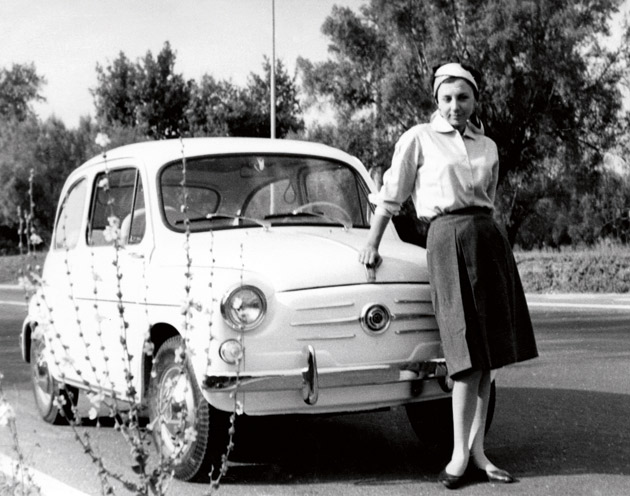
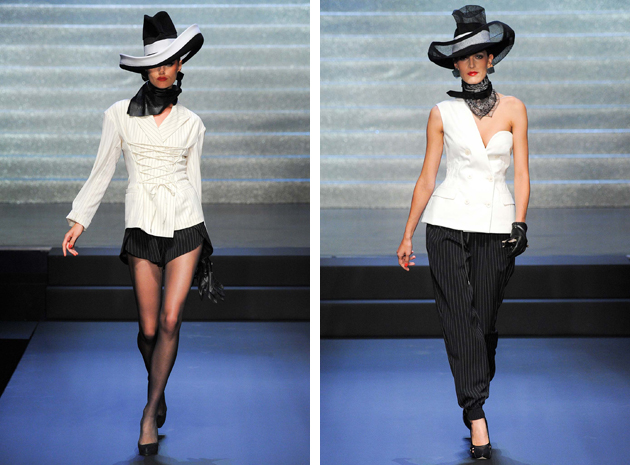
The 27th of September will be remembered as the day on which a very long and special era ended: Jean Paul Gaultier showed his last prêt-a-porter collection at Paris Fashion Week, abandoning forever, and quite theatrically, this part of the fashion world. With the official reasons being the willingness to focus on the haute couture and perfume sides of business, Jean Paul Gaultier has ended a 38-year-long era of controversial and fantastic fashion. As it should be, the iconic fashion designer’s last ready-to-wear show was a spectacular celebration of his career and, notably, of all the people that have aided and supported him in the adventure.
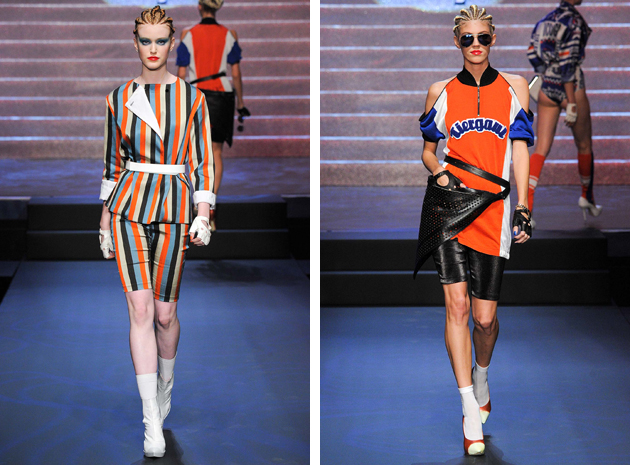
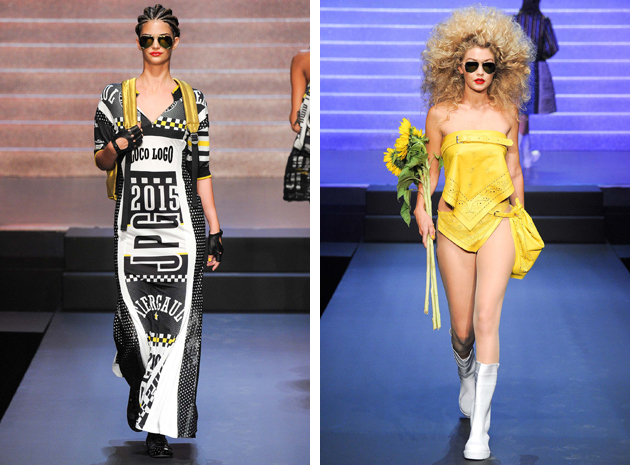
An exit-party-mood filled Le Grand Rex, a cinema in Paris’ second arrondissement were the show took place, serving up champagne and boxes of popcorn following Spice Girls tunes. The show was, as always, utterly extravagant: taking on the theme of a beauty pageant, it was appropriately named Élection de Miss Jean Paul Gaultier 2015. The show was divided into different sections, two of which consisted of Mexican wrestling costumes and smokings which showed Gaultier’s great talent in mixing influences from men and women’s wear. One of the most popular and memorable sections proposed a tongue-in-cheek play on the fashion world itself, with models taking on the identities of prominent fashion icons: Lindsey Wixson and Magdalena Jasek walked down the catwalk dressed as Suzy Menkes or Grace Coddington, offering a touching moment for real Menkes and Coddington sitting in the front-row.
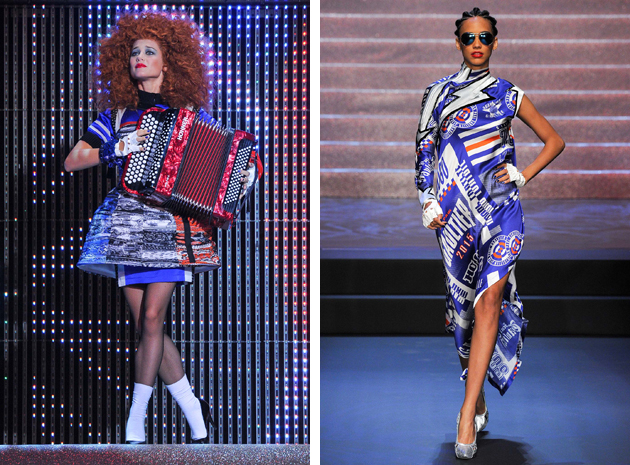
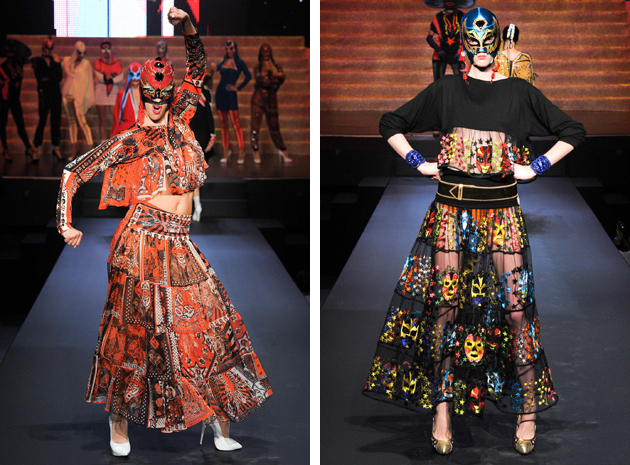
Besides dressing the models as fashion giants, Gaultier also showed some of his most classic and characteristic pieces (such as the trench coat), held a cone-bra corset dress competition (in which Coco Rocha won), and showed his true and unique DNA (that always constituted part of his success): he managed to surprise and put a smile on the sometimes a little too stiff fashion world. When the gold confetti started to cover the catwalk, they did not just mark the ending of JPG’s Spring 2015 show, but to a glorious, nearly 40-year, long period in which we have seen Jean Paul Gaultier’s design grow and develop. Yet we want to wait for much longer to see it come to a full close.
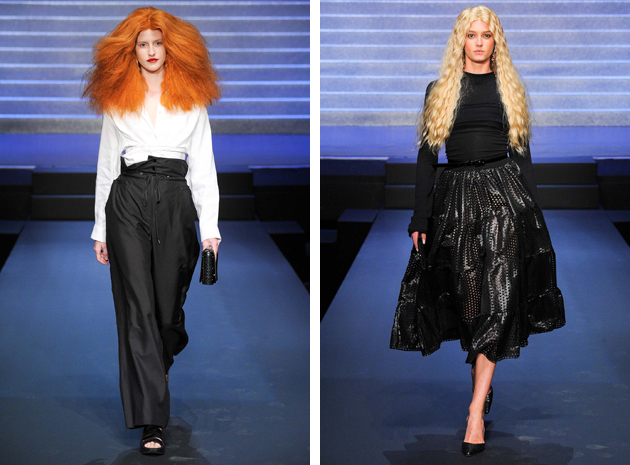
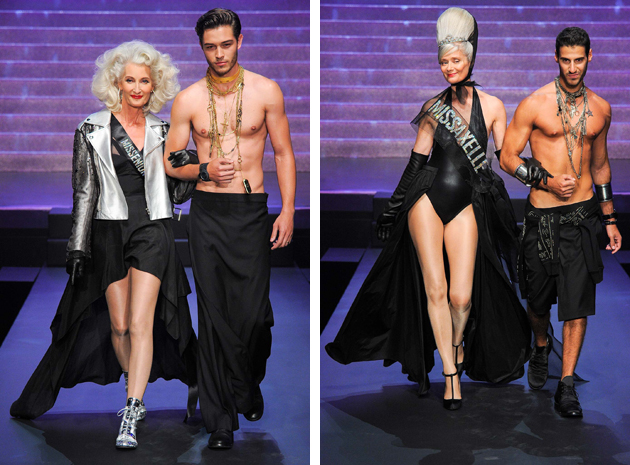
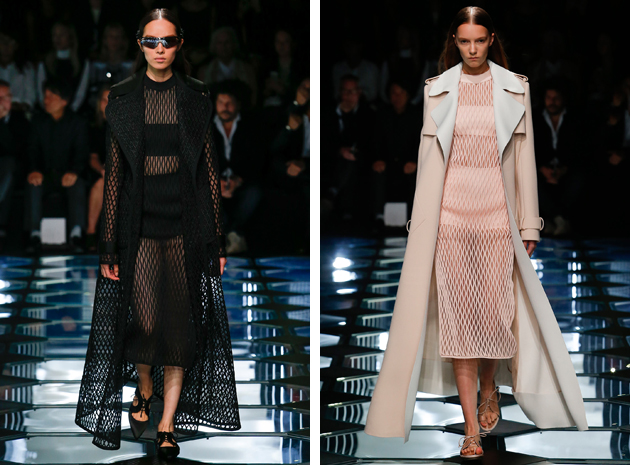
After nearly a month of exciting, yet tiring, runways, this fashion season is coming to a close, with main shows of Chanel and Valentino ending the Paris Fashion Week today. This year’s Paris Fashion Week was actually quite intense: we saw the farewell of Mr. Jean Paul Gaultier from ready-to-wear world, enjoyed Yohji Yamamoto’s sensual experiments, and breathed a typically Parisian avant-garde air (in some cases tragic, in others utterly relaxed). Speaking about most notable trends, we must point out three main lines of development: net composition, denim and a ‘modern princess’ inspiration.
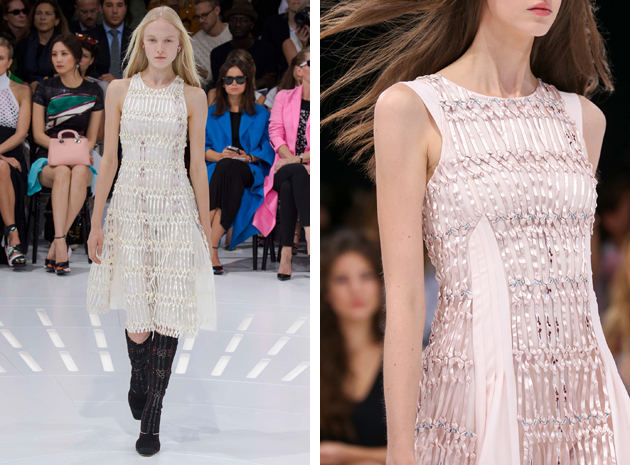
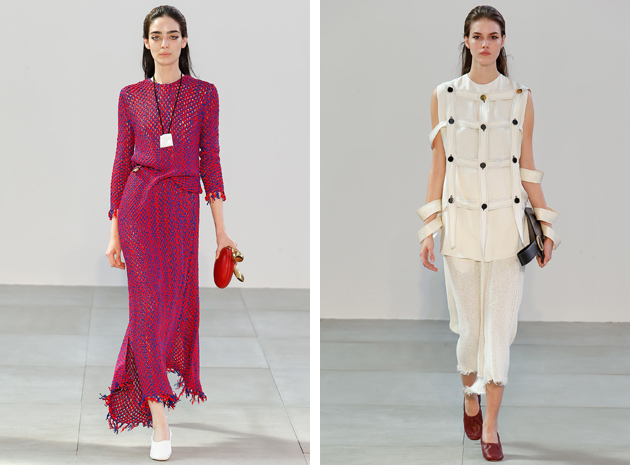
Let’s start from the first one, netting: it might sound weird, but for next season, various designers have worked on the mesh element. Alexander Wang, at the helm of Balenciaga, played with different consistencies, and created long light coats, as well as ethereal white skirts and pink tops, with a futuristic, yet minimal attitude. At Dior, Raf Simons gave a taste of the trend, with net details made of silk styled over dresses, in a way that was more hidden than revealed. Céline exploited the mesh trend in a completely Phoebe Philo style: it firstly came out as a long sleek dress, created through sapient marquetry, later turned into a bigger weft in black and ivory tanks.
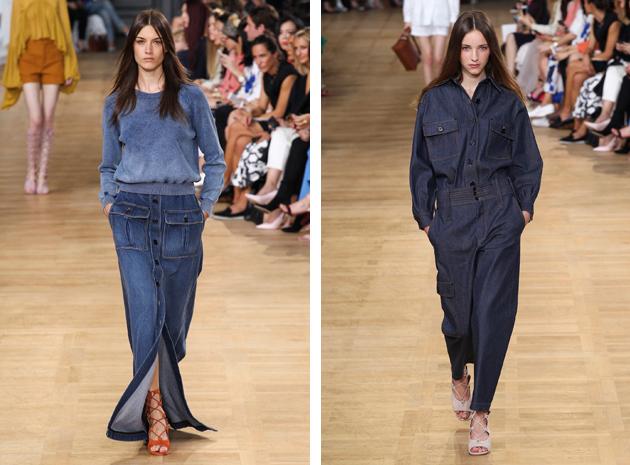
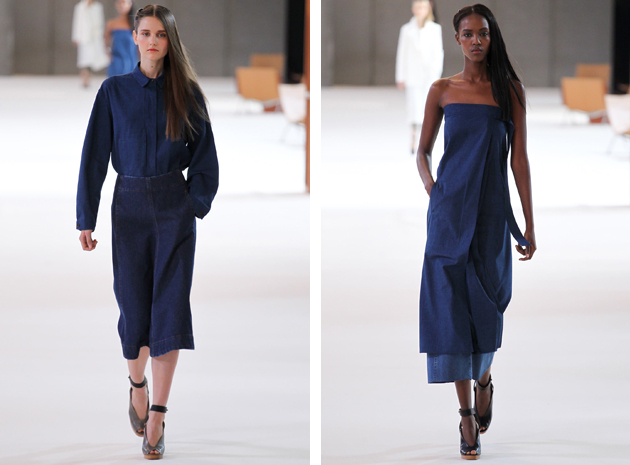
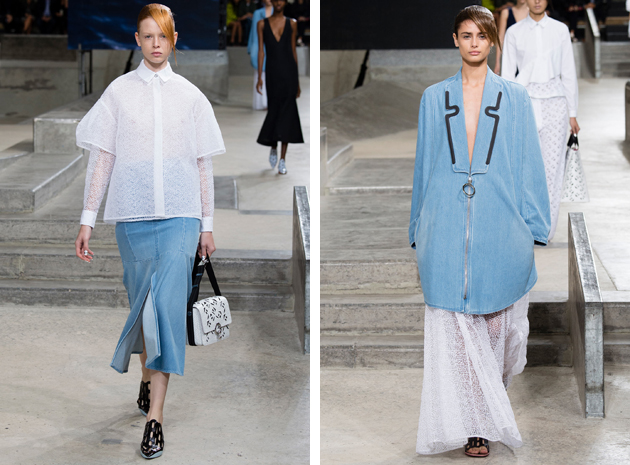
The second trend was the one related to denim. Even though is not a big deal to see a pair of jeans or a denim jacket take a stroll down the catwalk, it must be said this year their presence was notable. At Chloé we saw a 90s revival, with trompe-l’œil effects – both a skirt and blouse and a pants and blouse tandem at a first glance seemed to form a unique piece – and huge frontal pockets. Refined Christopher Lemaire wisely paired indigo with navy blue, leaving the hem free. The youth vibe came from Kenzo, where maxi palazzo pants were alternated with extra large zip coats.
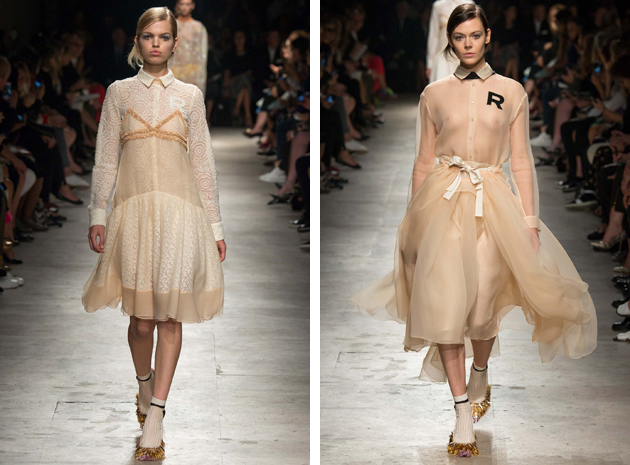
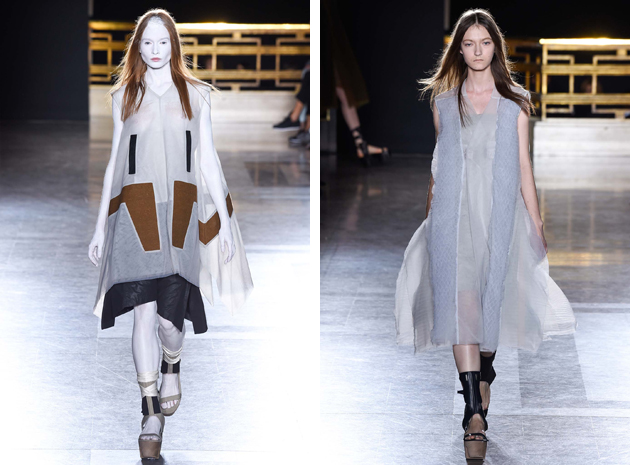
We finish our tour with the jolly one, the modern princess style. If the girl imagined by Rochas is a preppy student who dares to show a bit of her young skin and wears white socks with precious heels, the one by Rick Owens definitely emerged from the dark side, without leaving the romanticisms behind. We should end by mentioning Undercover, one of the real surprises of the last fashion week: theatrical, intense and dreamy, the collection – as well as its princess – was a mix of influences blended in a unique mood, that partly sums-up Paris Fashion Week.
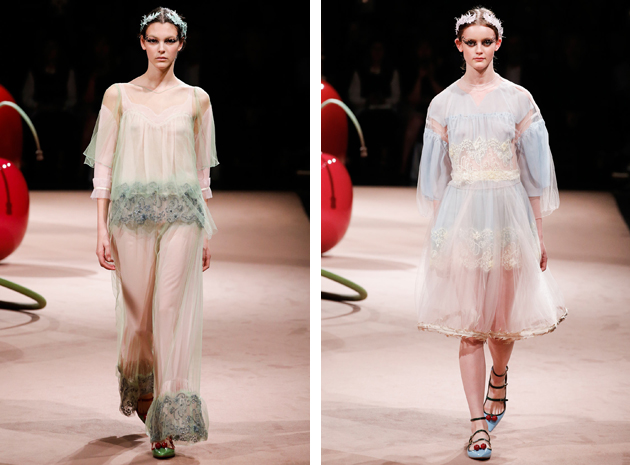
Summer has come to an end, but that doest mean that your wardrobe has to become dull. Florals, in any shape, fabric and form, can keep you feeling solar ever at the coldest of times.
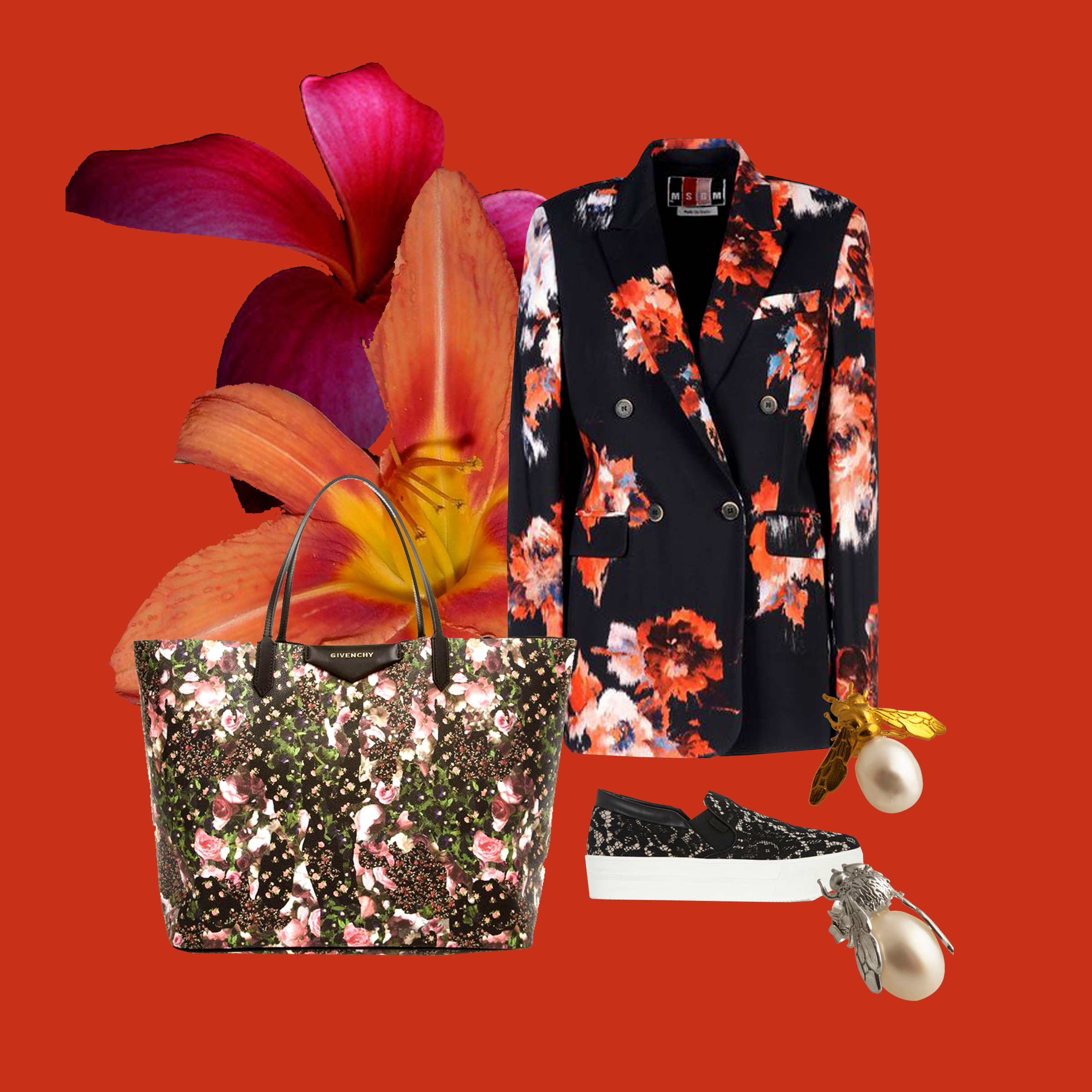
Styling by Vanessa Cocchiaro